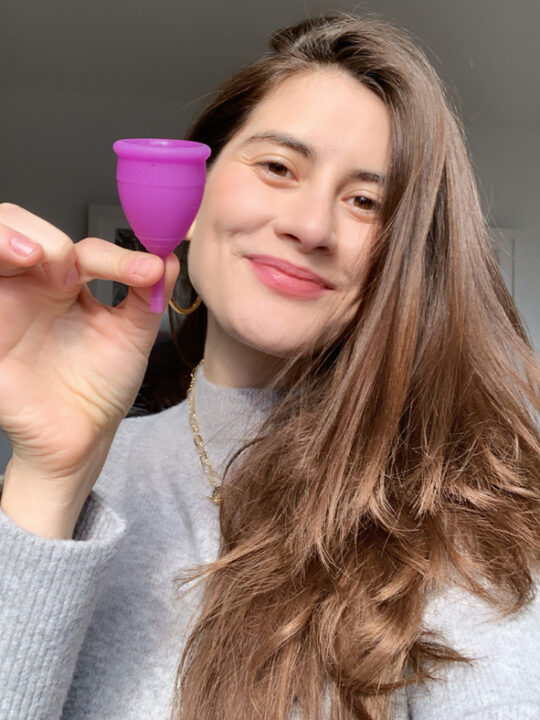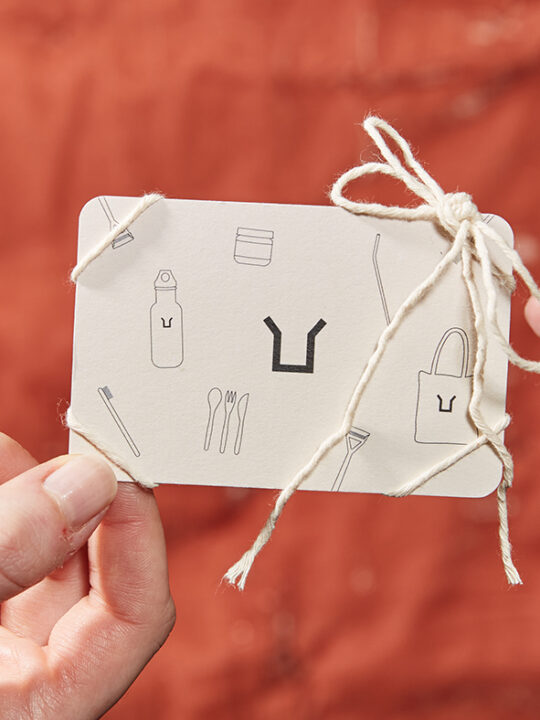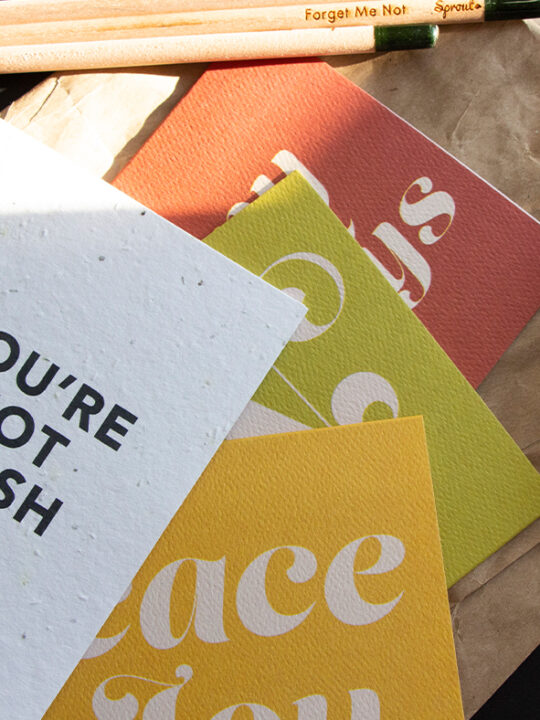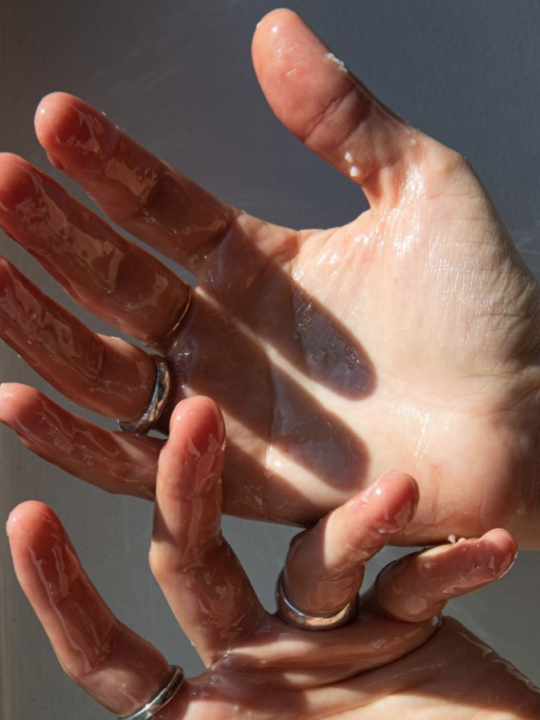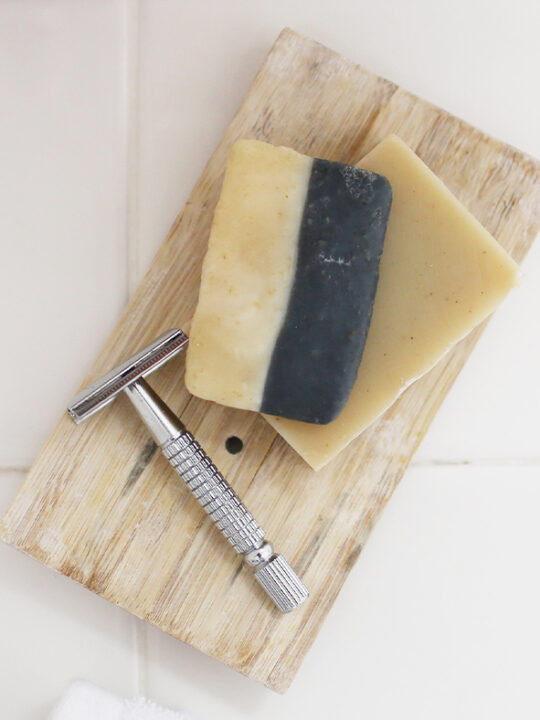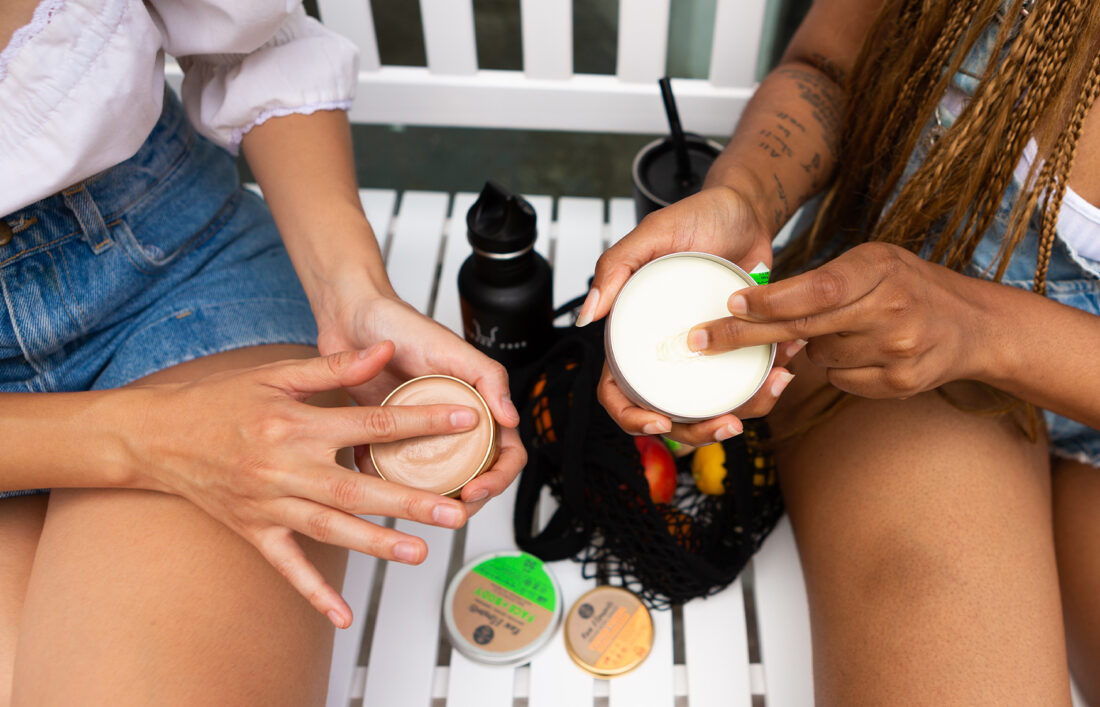
Let’s talk sunscreen. It’s widely understood that sunscreen helps protect us from getting sunburns, but what is less well known is what most sunscreens are really made of (and the truth may burn). Hint: it can be VERY bad for the planet.
Here is what you probably didn’t know about sunscreen…
Mineral vs. Chemical
There are two types of sunscreen blockers available on the market today—mineral and chemical.
Mineral sunscreens contain Ultraviolet filters (aka Zinc Oxide and Titanium Dioxide), which create a physical layer on top of skin that scatter, reflect, and block the sun’s UV rays.
Chemical sunscreens (which are now the most common on the market) use active ingredients like Avobenzone, Benzophenone, Homosalate, Octinoxate, Oxybenzone, and PABA to capture the sun’s UV rays. These chemicals absorb into the skin, capture the sun’s energy, and then dispersed that energy throughout the body as heat.
If your sunscreen is chemical based, the truth is, it might be doing more harm than good for your skin and to the ocean. And here’s why –
Harm to the Body
Chemicals commonly found in conventional sunscreen have been linked to a whole slew of health problems, ranging from hormone and endocrine disruption, hindrance of brain development, allergies, cell damage, and the release of free radicals (which have been linked to causing cancer).
Harm to the Ocean
Coral reefs are one of the most vital ecosystems on the planet Earth. They provide food and shelter for more than 1 million species and a quarter of all fish, and they provide most of the world’s oxygen. But the health of coral reefs are being widely and negatively impacted by chemicals found in most sunscreens. Oxybenzone (or BP-3), is found in more than 3,500 skincare products worldwide, and it has a toxic effect on early, developing coral. BP-3 has been found to increase corals susceptibility to bleaching (learn more about that here), DNA damage, and cause abnormal skeleton growth or deformities in baby coral. Benzophenone-2 (or BP-2), which is commonly found in sunscreens, soaps, cosmetics, and body fragrances, has been shown to quickly kill juvenile corals (even at very low concentrations).
Aside from coral reefs, studies have shown that chemicals in conventional sunscreens impact many other types of marine life. They’ve been shown to impair the growth and photosynthesis in green algae, induce defects in young mussels, damage the immune and reproductive systems of sea urchins, decrease fertility and reproduction in fish, and the chemicals can accumulate in the tissue of dolphins and be passed off to offspring.
How do these chemicals enter the environment?
When you swim with sunscreen on, the chemicals in the lotion often leach into the water (Fact: every year, it’s estimated that 14,000 tons of sunscreen washes into the ocean). Or when you shower after the beach, the chemicals can enter the waterways that way. And with aerosol sunscreens in particular, when you apply it, large amounts of the product end up on the sand, where it will eventually be washed into the ocean.
Ways to safely protect yourself and the ocean
Sunscreen should be used as a second line of defense against the sun. When you’re outside, wear a hat, protective clothing, or use an umbrella to help shield you from the sun. Stay out of the sun during peak hours when the sun is most intense (aka 10am and 2pm), and avoid being in the sun for extended periods of time.
Choose sunscreens that are safe for marine life! When shopping for sunscreen, make sure Zinc Oxide (non-nano) is the only active ingredient. Look for broad-spectrum products that are organic, hypoallergenic, fragrance- and preservative-free ingredients, and that are never tested on animals. I’ve worked so hard to curate reef safe and sustainable sunscreens at Package Free. Here are some of my favorite safe sunscreens to use!
Protecting yourself should not have to harm the planet.


